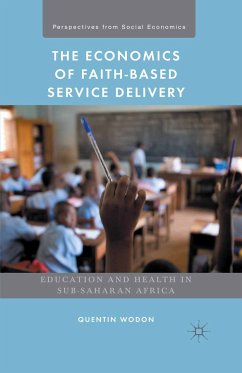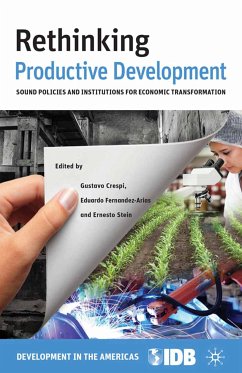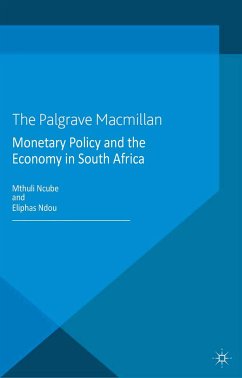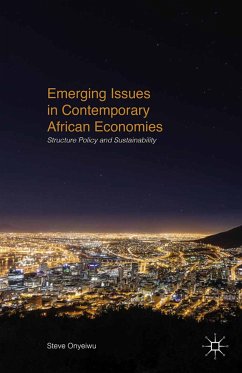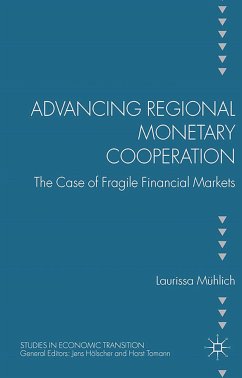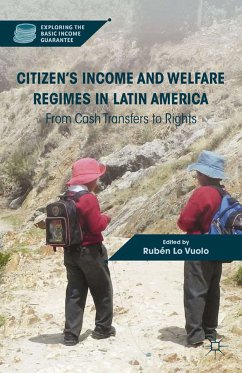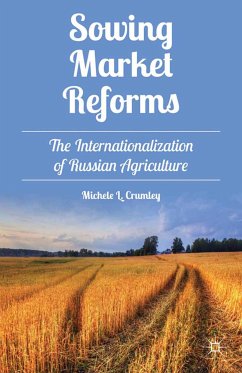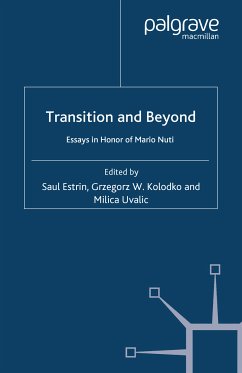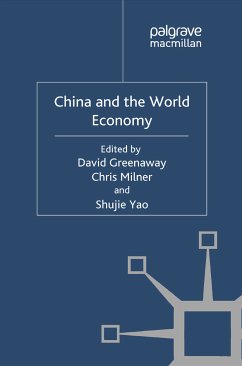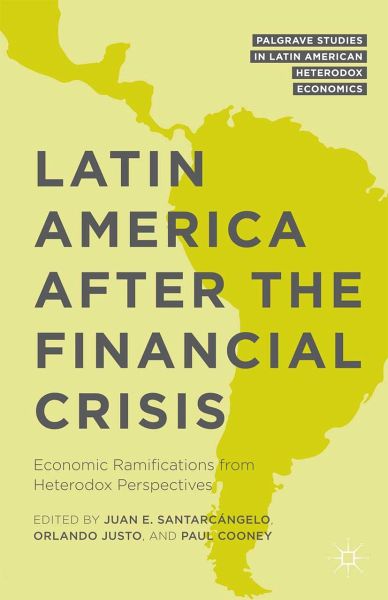
Latin America after the Financial Crisis (eBook, PDF)
Economic Ramifications from Heterodox Perspectives
Redaktion: Santarcángelo, Juan E.; Cooney, Paul; Justo, Orlando
Versandkostenfrei!
Sofort per Download lieferbar
72,95 €
inkl. MwSt.
Weitere Ausgaben:

PAYBACK Punkte
36 °P sammeln!
Latin America was one of the regions least affected by the global financial crisis of 2008. During this time of widespread economic downfall, Latin America continued to achieve an annual growth rate of around 5%. Latin America after the Financial Crisis explains how the global financial crisis affected the region and why it was not as severe as other crises in the past. The collection covers data from Argentina, Brazil, Chile, Colombia, Cuba, Mexico, and Venezuela, and demystifies the impact of the crisis on the accumulation path of the region without losing sight of each country's particulari...
Latin America was one of the regions least affected by the global financial crisis of 2008. During this time of widespread economic downfall, Latin America continued to achieve an annual growth rate of around 5%. Latin America after the Financial Crisis explains how the global financial crisis affected the region and why it was not as severe as other crises in the past. The collection covers data from Argentina, Brazil, Chile, Colombia, Cuba, Mexico, and Venezuela, and demystifies the impact of the crisis on the accumulation path of the region without losing sight of each country's particularities. Each country is analyzed by leading specialized and heterodox researchers who have vast experience in the field and who use an array of heterodox perspectives, from Keynesian to Kaleckian and Marxian to Sraffian.
Dieser Download kann aus rechtlichen Gründen nur mit Rechnungsadresse in A, B, BG, CY, CZ, D, DK, EW, E, FIN, F, GR, HR, H, IRL, I, LT, L, LR, M, NL, PL, P, R, S, SLO, SK ausgeliefert werden.



